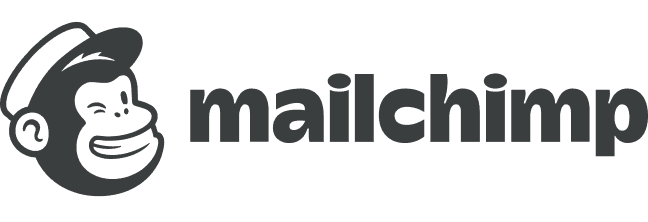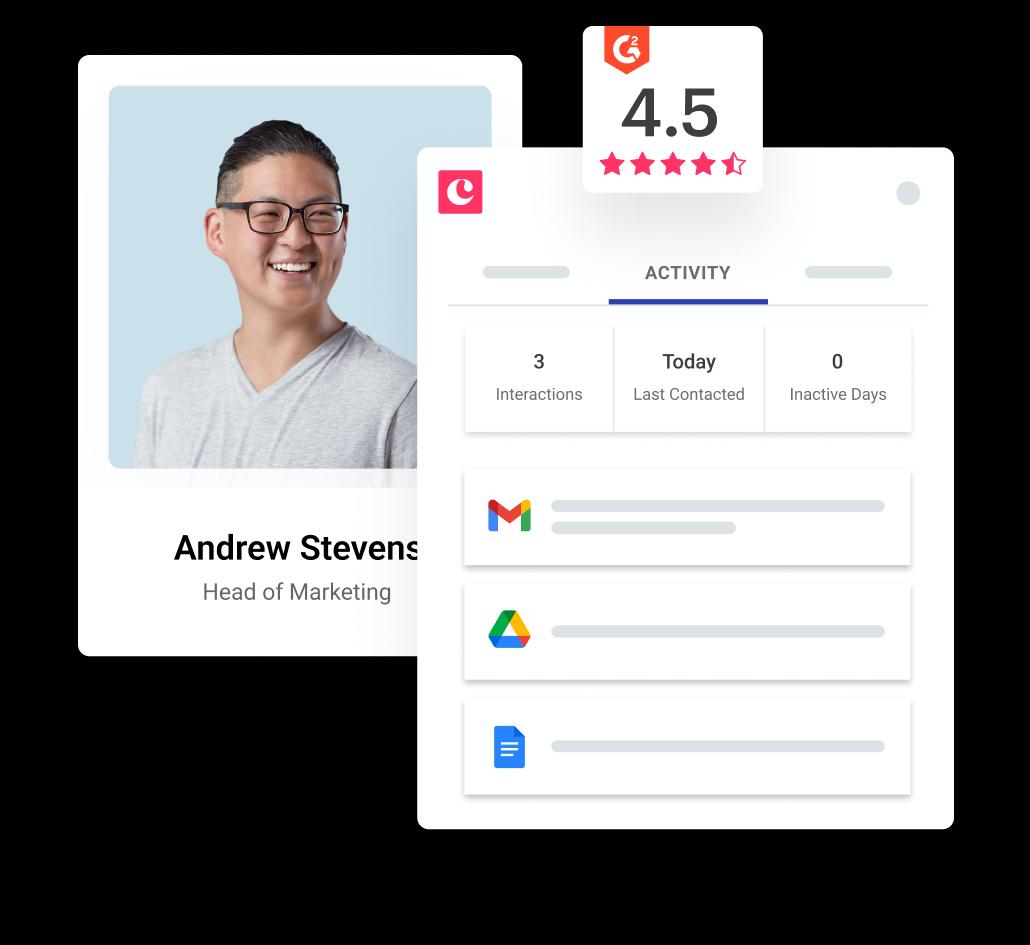Copper Staff
Contributors from members of the Copper team
High-performing sales reps make the process look natural. They’re attentive to leads, fly through demos and confidently close deals left and right.
In reality, it’s anything but easy.
Becoming a successful sales rep or sales leader doesn’t happen overnight. It’s an arduous, time-consuming process built on years of trial and error experience.
But there are several things you can proactively do to succeed in sales. We’ve found that sale success relies on three foundational principles:
Let’s break down the specifics of each one and look at how you can succeed in sales today.
Manage your time wisely.
Time management is critical to nearly every job function. It allows you to accomplish more in a shorter period. In sales, that can mean the difference between making and exceeding your quota.
Sales reps face a barrage of tasks, to-dos, customers, and prospects every day. One study of over 400 sales respondents found that salespeople only spend one-third of the day speaking with prospects.
Why?
Because it takes time for sales professionals to constantly vet leads, schedule and conduct demos, follow up with prospective customers, and respond to questions.
Some customers want to talk with any sales rep for 1.5 hours when you only planned 15 minutes. (Other prospects you can’t even get to come to the phone.)
You need to prioritize and manage your time to succeed, especially if you’re in an SMB, heavy inbound environment with a constant stream of leads and demos.
It starts with planning your day ahead of time.
Set aside the last 15 minutes of your workday. Review your calendar for the next day, confirm your calls and jot down any immediate to-dos. Make sure you have a clear outcome and goal for every call on your calendar.
Planning your day ahead of time ensures you’re prepared for all prospective customer meetings and able to focus your time on producing the moment you walk through the door, which leads to sales success.
Second, you need to minimize workplace distractions.
When you’re selling for your sales team, cut the white noise out so you can focus on your work. Mute email and chat notifications. Only respond to sales-urgent emails. Schedule all internal meetings and administrative tasks outside of prime selling hours. (More tips on how to schedule meetings here.)
Pro-tip: Be vigilant about how you spend your time every day.
You also need to prioritize your leads. I see too many salespeople spending hours chasing down and closing small leads when they could better spend their time nurturing larger accounts. It’s not always about the quick wins, when it comes to sales teams.
Not sure where your time is going?
If you don’t know where to start for sales success, begin by tracking your time. Most salespeople are unaware of their poor time management habits.
Using a notebook or on your computer, spend a week tracking where and how you spend your time. Be detailed and break it down into 15-minute increments.
After a week, you should see patterns emerge.
Are you wasting an hour of prime selling time in an early morning internal meeting that you can reschedule? Maybe you’re spending too much time answering emails or updating contacts. Is there a more productive way you can approach your tasks? Analyzing how and where you spend your time can help you spot areas for improvement.
Keep your pipeline clean.
If there’s one thing successful sales reps, sales leaders and teams do well across industries and products, it’s managing their sales pipeline hygiene.
Sales and marketing teams are more data-driven than ever before. With consistently improving technology, CRM platforms can not only keep up but also automate and support your sales.
Every sale funnel looks slightly different, but follows a similar standard pattern:
- Qualify the lead into an opportunity.
- Present your offer.
- Overcome objections.
- Close the sale.
- Generate repeat sales + referrals.
A detailed, updated sales pipeline documents every opportunity as it moves through each stage of your sales process
For example, if you have a traditional sales process, your pipeline might look like this:
Qualified → Follow-Up → Presentation → Contract Sent → Negotiation
Does your business have a different sales process? Find more sales pipeline structure ideas here.
The value of an updated sales pipeline goes beyond organizational skills. A healthy pipeline can improve sales performance, forecast future results and manage and allocate resources for upcoming sales.
Remember how we talked about scheduling your day ahead of time? A clean sales pipeline will enable you to see exactly what’s coming and prepare for it.
A healthy pipeline also helps you work in-step with your manager, update them proactively and communicate any red flags or concerns ahead of time.
Your pipeline hygiene is also a great progress indicator and a gut check when needed. You can use it to see how far you are from your target and pinpoint areas for improvement.
Maybe you have a lot of leads you’re struggling to convert into opportunities. Or, you’re scheduling a lot of demos but failing to close the deal. A healthy sales pipeline not only helps you close more sales, but also identifies where and how you can improve.
See how to generate sales leads that actually convert.
How to maintain a healthy pipeline:
Great pipeline hygiene requires diligent task management.
It starts with the basics. Follow through on all tasks, and don’t let anything sit and linger. Be attentive to urgent customer or prospect questions that come through, and respond promptly.
Make sure you document every meeting, demo, follow-up and negotiation meticulously. You should be able to find the status of every contact, task and opportunity in your CRM.
What a healthy pipeline looks like in real life:
A healthy sales pipeline is reflected in your CRM. It’s a living, breathing entity that evolves as you work.
One of our favorite features in Copper is the “@” tagging feature that lets you flag team members in comments. It’s a great tool to move tasks along the pipeline. Sales reps let their manager know when a call has been pushed, if they’re working with Support to fix a bug a customer is experiencing, or if they got an update from a prospect that they need to be aware of.
Our sales leadership team also uses the sales pipeline to oversee team progress and support them. Within our CRM, they can see when an active lead converts to an opportunity or if a deal is closing tomorrow. It gives a high-level view, so they can check in with my team, jump on calls, and lend support when needed.

More tips
🚀 your quotas.
Learn about the 7 habits that help reps close more deals.
Make sure you're always training to keep your sales skills sharp.
Sales training isn’t just a perk — it’s a critical tool that can drastically impact success.
Trained teams perform better — high-performing sales teams are twice as likely to offer ongoing training as low-performing ones. But training isn’t contained to a formal classroom setting. You must be a continual, constant learner. Here are three tactics you can apply to learn and hone your selling skills.
Be receptive to feedback.
Success starts with being coachable. Despite the focus on individual quotas, selling is a team sport. Listen to the feedback you receive from peers, sales trainers and managers.
Here’s how to be more receptive and apply your feedback:
- Watch your initial reaction: Feedback can be hard to hear, especially if it’s critical. Hold your responses until you understand what the other person is saying.
- Make sure you understand what they’re saying: Too often, sales reps let feedback go in one ear and out the other. Actively listen and understand what they’re saying.
- Ask questions: If you don’t understand, ask questions to follow up.
- Brainstorm action items: After hearing the feedback, go through actionable ways you can improve. If necessary, request time to follow up.
Develop product knowledge.
No matter your tenure or experience, in-depth, thorough product knowledge is one of the best ways to succeed in sales.
At Copper, we’re lucky that we use our product daily, so we have an innate, intimate knowledge of its features and capabilities. At other organizations, you might need to take a more proactive approach.
There are countless ways you can improve your product knowledge when practicing sales training. Talk to the product team, spend time using the product or tool, read through any new releases, ask your peers questions, and reach out to the marketing team for collateral.
It’s not just about knowing the product so you can rattle off stats and features; having detailed product knowledge just makes you a more effective salesperson.
While sales contain many trackable, scalable processes, every business has a slightly different playbook and should be treated uniquely. Only when you know every square inch of the product or service you’re selling can you tailor your demos and communication to fit the prospect’s needs.
It’s also essential to not only know the features inside and out, but the business impact too.
For example, a big hurdle that new reps commonly run into is feature-selling vs. value-selling. Sales reps frequently list off memorized product features without touching on how the product can measurably improve the contact’s business. Being able to communicate both the features and the value of the product can seriously elevate your sales skills.
Be the boss of your learning to succeed in sales.
Most companies, if you're lucky, will give you the training and help you need to succeed in your sales role. But if you don’t have the training resources, take matters into your own hands.
There are a plethora of resources at your disposal from online training courses, ebooks, videos and classes to blogs and articles on nearly every industry and sales tactic to help you hone your skills.
The Copper blog, for example, is a great place to go for resources on everything from CRM and tech to sales and marketing.










